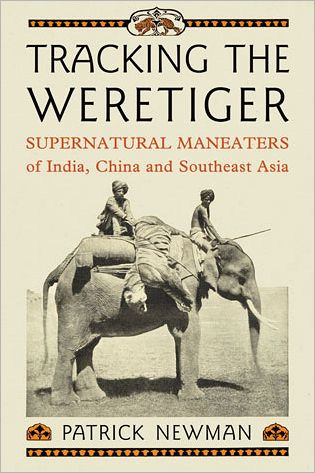Fundamental to the book is the evocation of a long-vanished world. When a man-eater struck in colonial times, people typically said it was a demon sent by a deity, or even the deity itself in animal form, punishing transgressors and being guided by its victims' angry spirits. Colonials typically dismissed this as superstitious nonsense but given traditional ideas about the close links between people, tigers and the spirit world, it is quite understandable. Other man-eaters were said to be shapeshifting black magicians. The result is a rich fund of tales from India and the Malay world in particular, and while some people undoubtedly believed them, others took advantage of man-eaters to persecute minorities as the supposed true culprits. The book explores the prejudices behind these witch-hunts, and also considers Asian weretiger and wereleopard lore in a wider context, finding common features with the more familiar werewolves of medieval Europe in particular.
Fundamental to the book is the evocation of a long-vanished world. When a man-eater struck in colonial times, people typically said it was a demon sent by a deity, or even the deity itself in animal form, punishing transgressors and being guided by its victims' angry spirits. Colonials typically dismissed this as superstitious nonsense but given traditional ideas about the close links between people, tigers and the spirit world, it is quite understandable. Other man-eaters were said to be shapeshifting black magicians. The result is a rich fund of tales from India and the Malay world in particular, and while some people undoubtedly believed them, others took advantage of man-eaters to persecute minorities as the supposed true culprits. The book explores the prejudices behind these witch-hunts, and also considers Asian weretiger and wereleopard lore in a wider context, finding common features with the more familiar werewolves of medieval Europe in particular.

Tracking the Weretiger: Supernatural Man-Eaters of India, China and Southeast Asia
216
Tracking the Weretiger: Supernatural Man-Eaters of India, China and Southeast Asia
216Related collections and offers

Product Details
| ISBN-13: | 9780786472185 |
|---|---|
| Publisher: | McFarland & Company, Inc., Publishers |
| Publication date: | 10/03/2012 |
| Pages: | 216 |
| Product dimensions: | 8.80(w) x 5.90(h) x 0.60(d) |
| Age Range: | 18 Years |
